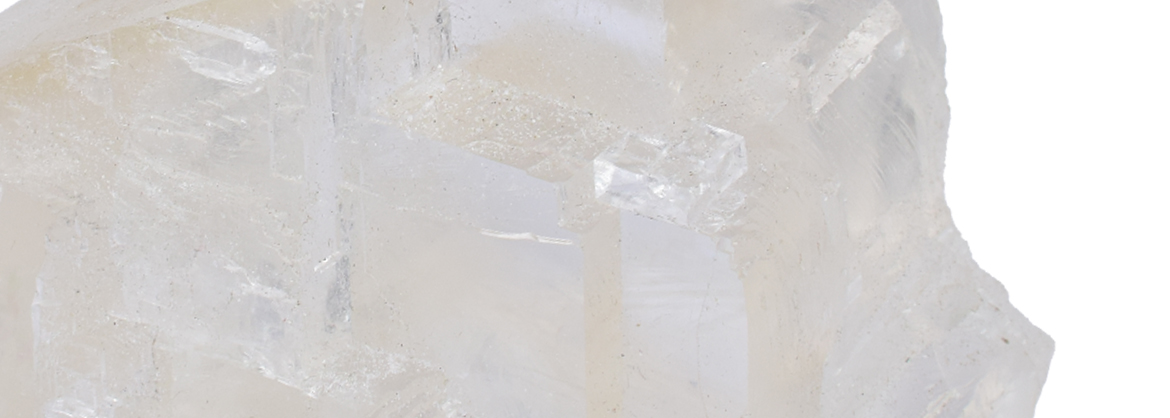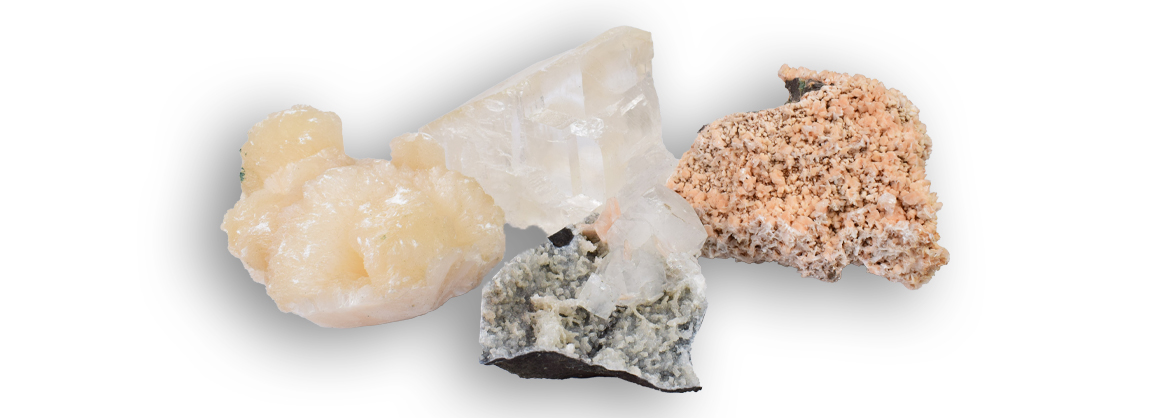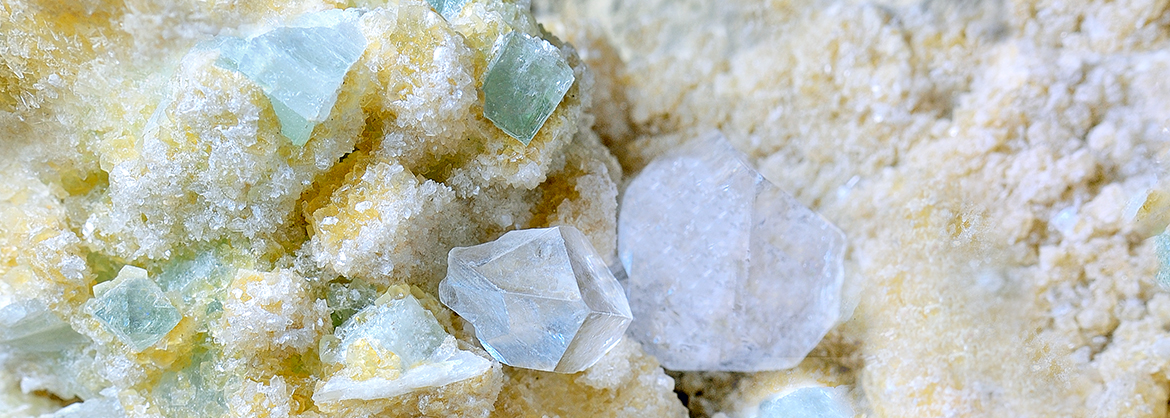
Apophylite and Zeolites - Bearing, effect and application
General information about zeolites
As jewelry and therapy stones are of the many different zeolites mostly Skolezit and Stilbite in use. Partially in this connection also Prehnit is specified, since this precious stone with its discovery first for a member of the zeolite family. The assignment of apophyllite to the zeolite group is also ambiguous - depending on classification and systematics, apophyllite is part of the zeolite group or an independent mineral group.
Mineralogical profile Apophyllite
Chemical formula, mineral class: KCa4[(OH,F)/(Si4O10)2] x 8 H2O; phyllosilicate
Formation: Primarily by hydrothermal formation from thin fluorine-containing silica solutions
Color: colorless or greenish, rarely also faintly reddish, yellowish or bluish
Transparency, luster: transparent to translucent; glassy or pearlescent
Crystal system: tetragonal
Mohs hardness: 4.5 - 5
Cleavability, fracture: depending on variety, excellent, distinct or barely perceptible; conchoidal, uneven
Appearance: forms rectangular, often double-terminated crystals with tetrahedral tips (pyramidal habit) or square end faces (cubic habit), often fused into clusters or leafy aggregates.
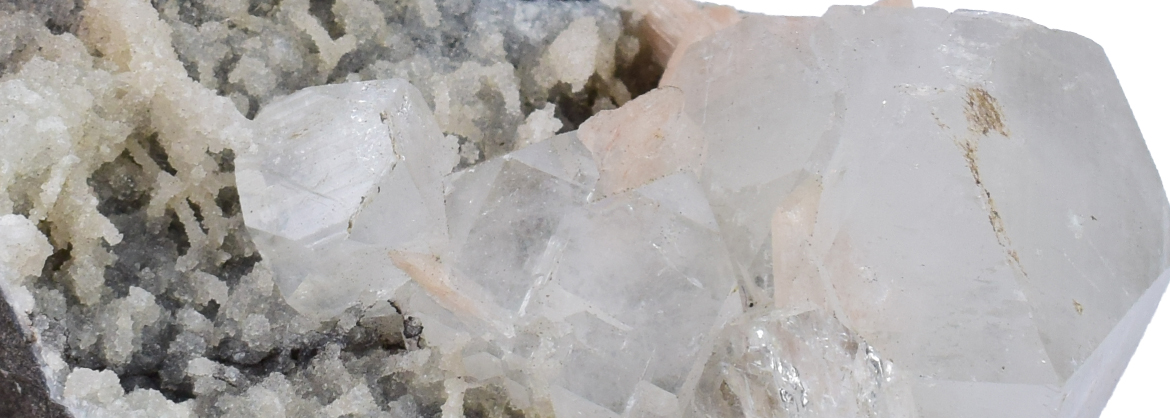
Historical facts about Apophyllite
Applications of Apophyllite in gemstone healing
Apophyllite promotes serenity, calmness and honesty. It helps to drop facades and show yourself as you are. Strong stresses are better endured, it has a liberating effect on inner pressure and fears. It promotes the expression of suppressed feelings and helps to overcome bad conscience, worries and insecurity. White Apophyllite is assigned to the brow chakra, blue to the throat chakra and green to the heart chakra. American author Melody recommends Apophyllite for the zodiac signs. Gemini and Libra, the stone healing expert Walter von Holst assigns him to the Pisces.
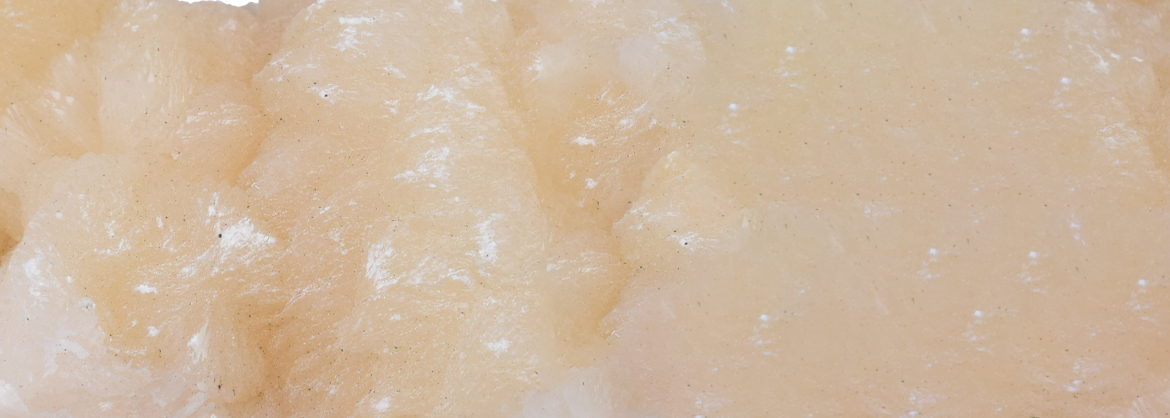
Mineralogical profile Stilbite
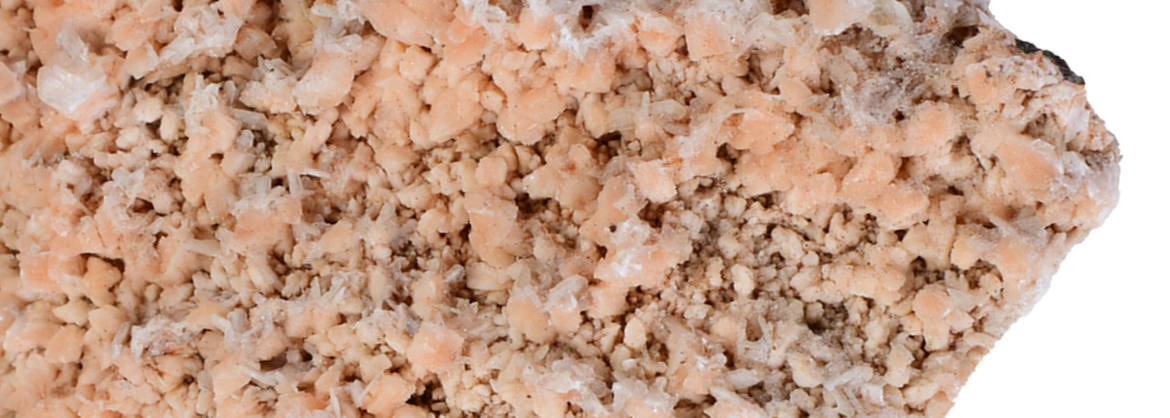
Mineralogical profile of Scolecite
Chemical formula: Ca[Al2Si3O10]-3H2O
Formation: As a decomposition product of basalt, scolecite, together with Apophyllite and other zeolites, is formed from hydrothermal solutions in rock cavities. As accompanying minerals calcite, prehnite and stilbite are often found.
Color: colorless, white
Transparency, luster: transparent to translucent; vitreous luster on crystal faces, otherwise silky luster
Crystal system: monoclinic
Mohs hardness: 5 - 5.5
Cleavability, fracture: perfect; uneven, brittle fracture
Appearance: mostly long, prismatic to acicular crystals in radially radiating aggregates. Rarely found as contact or interpenetration twins, fibrous, massive or spherical aggregates.
Localities: During the construction of a tunnel in Rio Grande du Sol in Brazil many scolecites were also found in the home of the amethyst (occurrence "Das Antas"). Other localities are spread all over the world; even in Antarctica scolecite is found. In Europe scolezite is found mainly in the area of the Alps. In the trade scolezite often comes from the area between the places Mumbai (Bombay), Nashik and Poona in the west of India (state of Maharashtra).
Origin of the name and synonyms: The name scolezite is derived from the Greek term "skolex" (worm), because scolezite curves when heated before the soldering tube. A name for the scolecite rarely found today is lime mesotype; other names are ellagite and episcolecite.
Use: In the international literature on stone healing, the themes of team spirit and cohesion are assigned to the scolecite. Relationships are strengthened - whether these exist in the family, at work or in other groupings.
Zeolite tumbled stones, jewelry and much more at wholesale prices
Mineralogical profile Natrolite
Chemical formula: Na2[Al2Si3O10]-2H2O
Formation: Natrolite is formed mainly by hydrothermal transformations of feldspathic rocks.
Color: colorless to transparent; by foreign admixtures gray, bluish, yellowish or pink
Transparency, luster: transparent to translucent, glassy to silky luster
Crystal system: orthorhombic
Mohs hardness: 5 - 5.5
Cleavability, fracture: perfect resp. distinct; conchoidal fracture
Appearance: long prismatic or acicular crystals, which are mostly connected to radial-rayed aggregates
Localities: A well-known occurrence of Natrolite, today under strict protection, is found at Hohentwiel in the south of Baden-Württemberg. There the mineralogist Martin Heinrich Klaproth found the first Natrolite in 1803 and made a scientific description of the gemstone.
In Java (Indonesia) on the island of Nusa Kambangan millions of years ago lava fissures were filled with ferruginous Natrolite. This is how the extremely rare pink, compact Natrolite, from which beautiful cabochons can be cut for fine jewelry, was created there.
Further sites of discovery can be found mainly in North America, northern and central Europe; worldwide, about 150 sites are known.
Origin of the name and synonyms: The name Natrolite is composed of the term "natron" and the Greek word "lithos" (stone). Synonyms for natrolite are apoanalcite, brevicite, cokalite, crocalite, epinatrolite, höganite, lehuntite, and sodium mesotype.
Use: Natrolite is occasionally used for water softening, but is mainly traded as a collector's specimen. The rare compact Natrolites, if these show a beautiful color and pattern, are made into jewelry.
